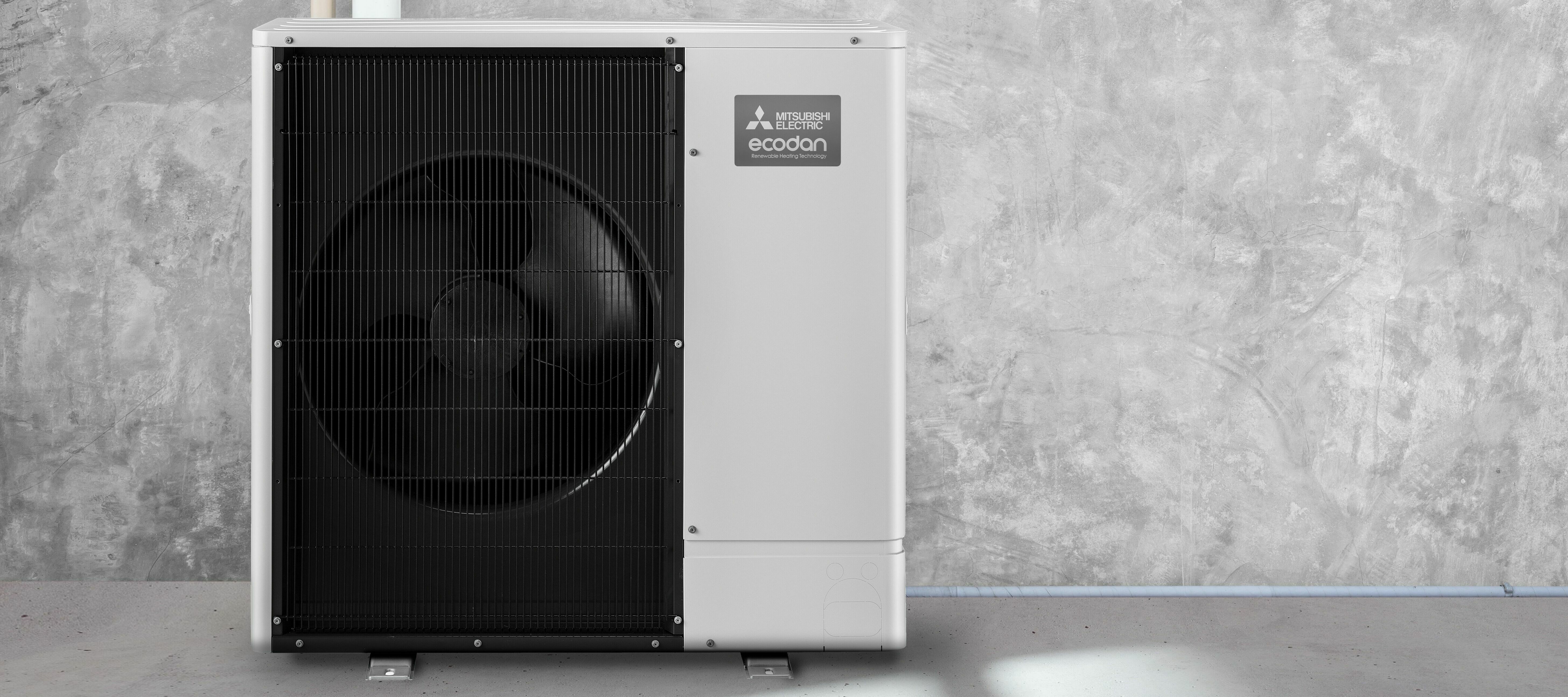Updated on 22/01/25 by Chris_OVO
Heating strategies with an air source heat pump
Air Source Heat Pumps (ASHP for short) offer a great chance for us to decarbonise how we heat our homes, as they’re designed to heat your home efficiently using electricity rather than fossil fuels like gas boilers.
We’re lucky to have lots of heat pump owners here on the OVO online community. They’ve already been sharing some great insight into life with a heat pump for those who might be considering making the ASHP leap. We heard from two of them,
After you’ve made the decision, accessed any relevant grants and the excitement of installation day has been and gone - you might be wondering exactly how this new heating system works best. Heating your home and providing hot water with a heat pump is different than with a gas powered boiler. You might need a change of radiators, perhaps you’ll need to get to grips with the heat pump controls instead of your smart thermostat, learn how to set different desired temperatures and perfect your hot water heating strategies.
It might involve a behavioural shift in the way you think about your heating, with some saying it’s more cost effective and efficient to aim for a constant house temperature with an ASHP, rather than the on/off approach of gas power boiler and heat zoning of smart thermostats.
That’s what we want to explore in this ‘Share your experience’ thread: What is the most cost effective and efficient way to heat your home with an air source heat pump?
Is there a consensus among heat pump owners? Or does it vary from heat pump to heat pump?
Join the discussion below - We’d love to hear your thoughts based on real life experience, and I’m sure anyone who’s recently had a heat pump fitted will feel the same!









